Selecting the right drip edge for your shingle roof is crucial for water protection and longevity. A drip edge not only channels rainwater safely into gutters but also plays a pivotal role in maintaining the integrity of your roof’s edges. Learn about different types of drip edges and materials, helping you make an informed choice for your roofing needs.
In This Article
- Drip edges are essential in protecting a roof’s edges from water damage.
There are three main types of drip edges (L-Type, D-Type, and F-Type) each designed for different roofing situations and levels of water exposure. - Drip edges come in materials like aluminum, galvanized steel, copper, and vinyl which offer different benefits.
- Proper drip edge installation and regular maintenance are critical for roof protection and longevity, and while it’s possible to DIY, hiring a professional can ensure the job meets building codes and is done safely.
The Critical Role of Drip Edges in Roofing Systems
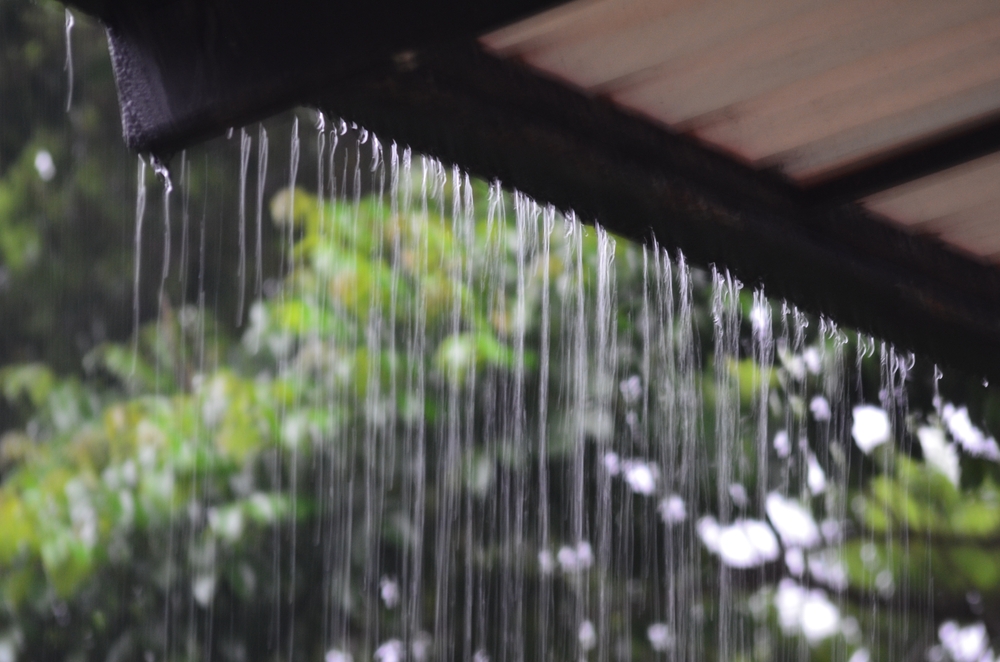
The main role of a drip edge is to prevent water damage. A drip edge guides rainwater away from your roof and towards the gutters. Drip edges also shield your fascia boards and keep them dry. Without this metal flashing, water could freely damage your home’s structure.
However, drip edges have other important roles to play for the integrity and longevity of your roof and structure. Here are more vital reasons to stall a drip edge:
Protecting Roof Decking
Drip edges also play a crucial role in protecting the roof decking from water damage. By directing water away from the roof’s edges, they prevent moisture from seeping into the decking, which can lead to wood rot and structural damage over time.
Preventing Ice Dams
In colder climates, drip edges help in preventing the formation of ice dams. Ice dams occur when melting snow refreezes at the roof’s edge, causing water to back up under the shingles and into the home. A properly installed drip edge ensures that water flows directly into the gutters, reducing the risk of ice dams.
Enhancing Aesthetic Appeal
Drip edges contribute to the overall aesthetic appeal of a roof by providing a clean, finished look to the edges. They cover the rough edges of the roofing material, giving the roof a neat and polished appearance.
Extending Roof Lifespan
By protecting the roof’s edges from water damage, drip edges can significantly extend the lifespan of the roof. This added protection helps to avoid costly repairs and replacements, ensuring that the roof remains in good condition for a longer period.
Supporting Gutters
Drip edges support the function of gutters by ensuring that water flows directly into them. Without a drip edge, water can spill over the edge of the roof, missing the gutters and potentially causing erosion around the foundation of the house.
Preventing Pest Infestation
Drip edges help to seal the gaps between the roof and the fascia, making it more difficult for pests such as insects, birds, and rodents to enter the home. So, this added barrier can help to prevent infestations and the damage they can cause.
Compliance with Building Codes
Most building codes require the installation of drip edges as part of the shingle roofing system. Ensuring that your roof includes a drip edge helps to meet these regulatory requirements, which can be important for property resale and insurance purposes.
Improving Ventilation
In some roofing systems, drip edges can assist in improving attic ventilation. By allowing for better airflow at the roof’s edge, they can help to regulate temperature and moisture levels in the attic, contributing to the overall health of the roof.
Given the above reasons, it’s easy to see why drip edges are so important to the integrity of a roofing system. But what kind of drip edge should you choose? Let’s find out.
Types of Drip Edges for Shingle Roofs

Exploring the world of drip edges, we discover three distinct styles, each with unique benefits and ideal use cases. The L-Type, D-Type, and F-Type, are the main vanguards against water damage, and picking the right one is a crucial decision in any roofing project.
L-Type (C-Type) Drip Edge
The L-Type, also known as the C-style, is the stalwart classic of drip edges. Its perfectly shaped horizontal and vertical flanges resemble the hands of a clock at 3:00, consistently and dependably directing water away from the roof. Suited to the gentle slopes of standard shingle roofs, the L-Type pairs perfectly with a furring strip to nudge water further away from the home’s siding.
Features of the L-Type include:
- Horizontal and vertical flanges
- Ideal for standard shingle roofs
- Works well with a furring strip
- Provides basic water protection
D-Type Drip Edge
The D-Type is the enhanced protector, its T-shaped design fortifies your reliable roofing system.
Features of the D-Type include:
- T-shaped design
- Extra flange that tucks under the roofing material
- Provides an additional defense layer against water intrusion
- Keeps even wind-driven rain at bay.
F-Type Drip Edge
For structures in high-wind areas, the F-type offers superior protection. Its extended flange overlaps both the roof deck and fascia board, providing superior protection to roofs that battle against pesky wind-driven rain.
Features of the F-Type include:
- Extended flange design
- Overlaps both roof deck and fascia board
- Ideal for high-wind areas
- Enhances roof edge stability
Z-Type Drip Edge
The Z-Type drip edge is a versatile option designed to accommodate various roofs. Its unique Z-shaped profile provides robust protection against water intrusion for steep-slope roofs and is particularly effective in areas with heavy rainfall or snow.
Features of the Z-Type include:
- Z-shaped design
- Enhanced water channeling capabilities
- Suitable for different roofing materials and structures
- Provides additional support to the roof’s edge
Roof Drip Edge Materials
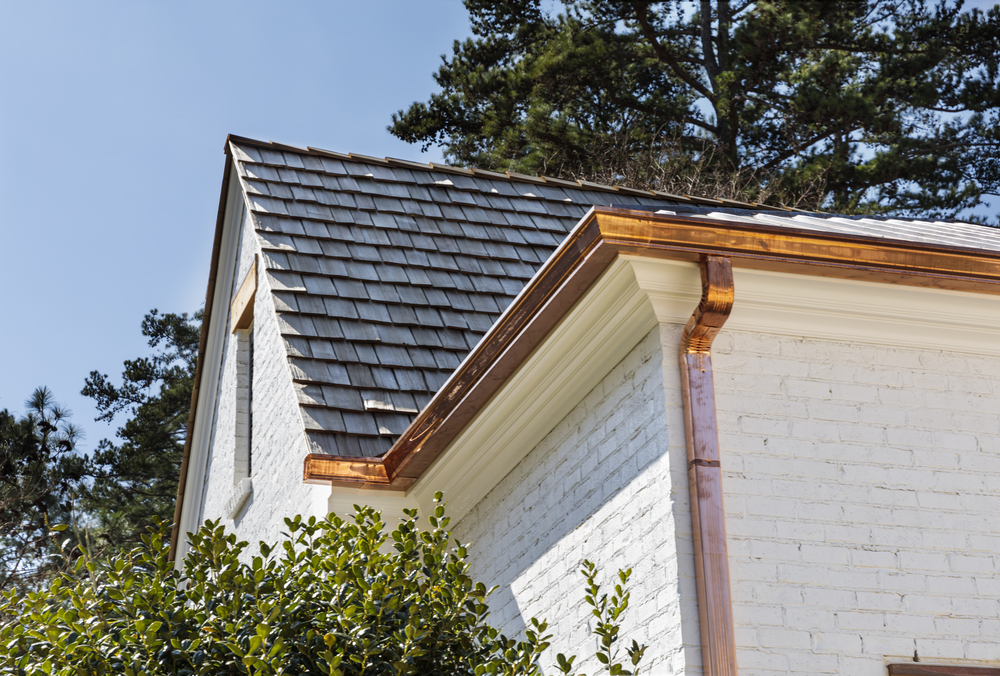
The material of your drip edge is just as important as its shape. Here’s a break down of each drip edge material:
Aluminum
Aluminum, the most popular choice, offers a blend of cost-effectiveness and corrosion resistance, even in saline atmospheres. The choice material is also lightweight and easy to paint to match the structure’s colors.
Copper
Copper is the classic material for dip edges, providing superior durability and timeless charm. The beautiful, shining finish develops a highly sought patina over time, adding a rare and striking aesthetic value.
Galvanized Steel
Galvanized steel, however, is known for its mighty strength. Zinc-coated steel ensures longevity and excellent water direction – qualities that make it a favorite amongst roofing professionals in high-moisture environments.
Vinyl
For those looking for a touch of customization, vinyl presents versatile options, ready to adapt to color preferences and various climates, providing a cost-effective yet high-performance shield against the elements.
How to Choose a Material for Roof Drip Edges
Each drip edge material performs its best in certain climates and with specific roofing materials. Before you choose the material, consider the local climate and the elements your roof will endure. Also decide what roofing material you will use and its compatibility with drip edge materials.
If you have any questions about the material, shape, environment, or anything else, reach out to us at Metal Formers, Inc. We will happily give you more information to help you decide which material is best for your roof and your budget.
Drip Edge Installation: How To
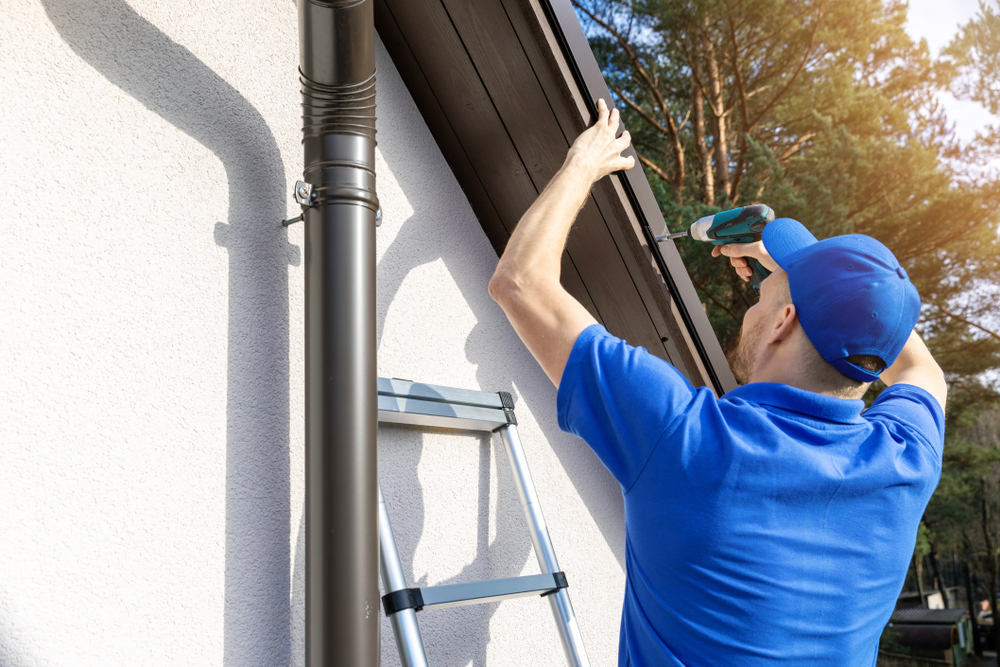
Once you’ve chosen the appropriate drip edge, the next step is to install a drip edge, a task that requires precision, patience, and a touch of skill. From preparing the roof edge to ensuring a snug fit and finish, every step is a building block towards a fortress that can withstand the tests of time and weather.
Preparing the Roof Edge
After you’ve taken necessary safety measures and gathered all the tools, the initial step is making sure the fascia board is clean and smooth. Any debris or imperfections could sabotage the drip edge’s ability to channel water effectively, so attention to detail here is crucial. This includes checking the roof for any rotting and damage. You will need to address roof damage before starting your drip edge installation.
Securing the Drip Edge
Following that, the drip edge needs to be nailed down with pinpoint accuracy. Galvanized roofing nails, no more than a foot apart, are the rivets that hold the edge in place, ensuring that water is directed away and not into your home.
Finishing Touches
The final steps of the installation require the steady hand of an artisan. Precisely cutting and bending the drip edges ensures that corners and ridges overlap and are seamless.
When to Replace Your Drip Edge: Signs of Wear and Tear
As seasons pass, even the most durable drip edges can start to show wear and tear. Signs of a damaged drip edge such as rust, bending, or warping signal the need for replacement.
Adhering to Building Codes: Drip Edge Requirements
Understanding building codes can sometimes seem as complex as decoding an ancient manuscript. Yet, these codes serve as a guide, ensuring that every drip edge installed is a fortress against the elements.
Hiring a Roofing Professional vs. DIY Drip Edge Installation
When it comes to installing your drip edge, consider whether you want to hire a professional or take on the task yourself. A professional brings expertise, safety, and efficiency to the table, while DIY endeavors, though courageous, come with their own set of risks and pitfalls.
Maintaining Your Drip Edge: Tips for Longevity
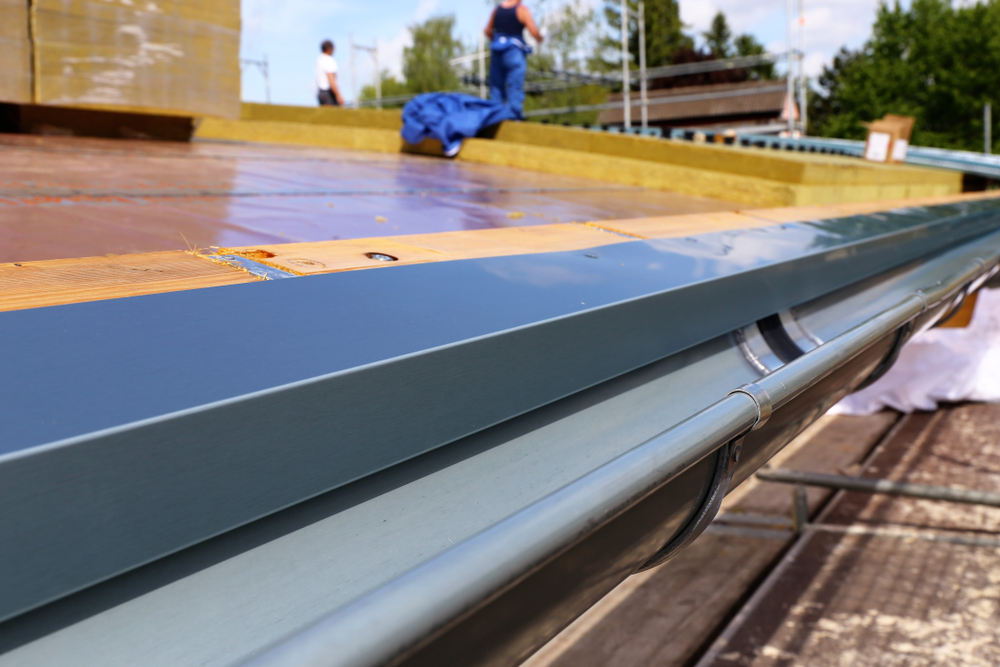
A well-maintained drip edge can withstand the test of time. To ensure its longevity and resiliency, it’s crucial to install drip edge properly. Regular maintenance tasks for your drip edge include:
- Inspecting it regularly for any damage or signs of wear
- Cleaning it to remove any debris or buildup
- Removing any leaves or other obstructions that may be blocking the flow of water
By performing these tasks on a regular basis, you can ensure that your drip edge is always ready to protect your roof deck from whatever elements it may face.
In Conclusion
Roof drip edges are an important component to a sturdy roof that lasts a long time. With the information in this article, you are now equipped to pick what drip edge shape and material is best for your roofing project. For more details on drip edges and installation, reach out to us at Metal Formers, Inc., your metal roofing experts.
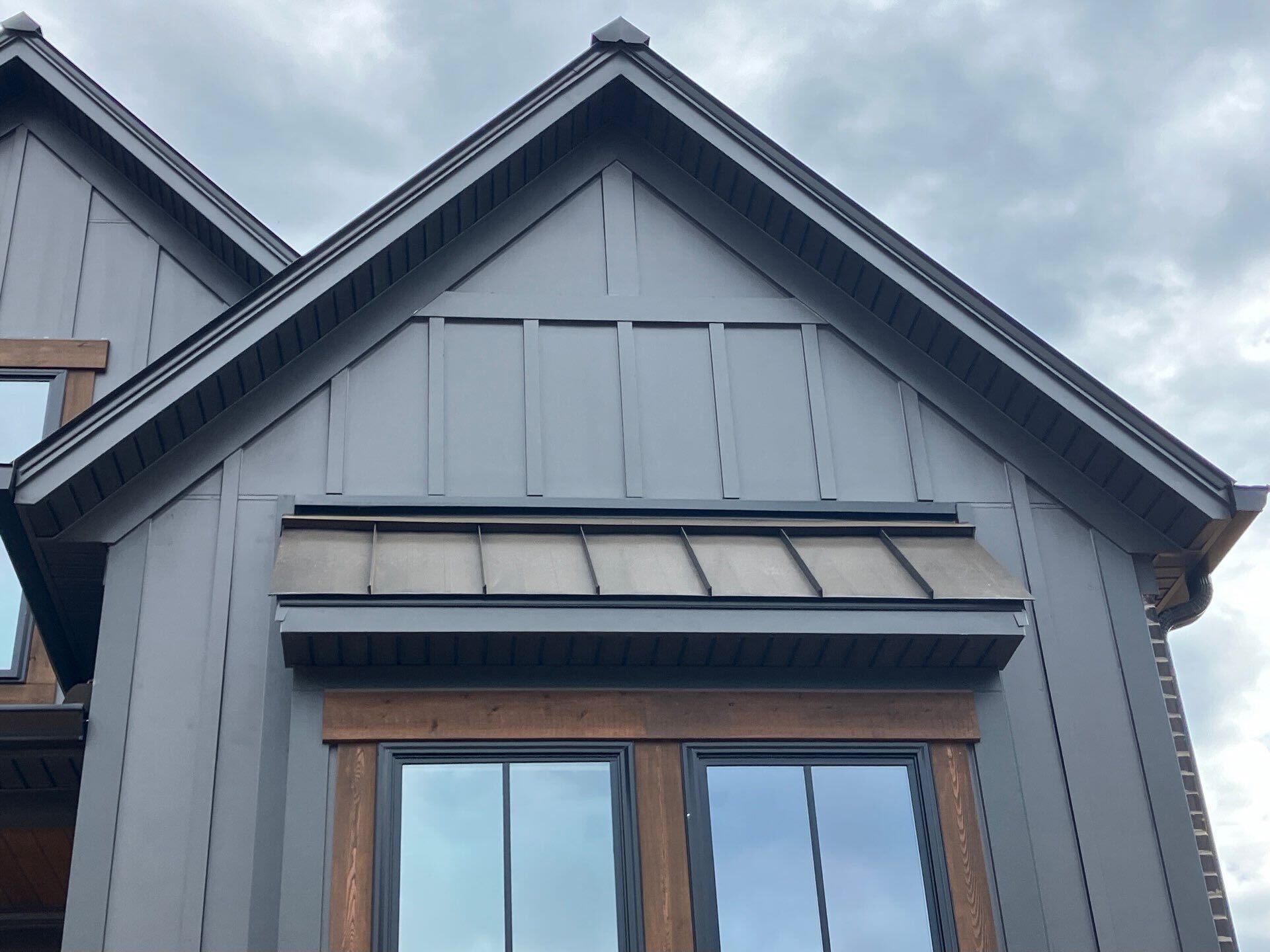
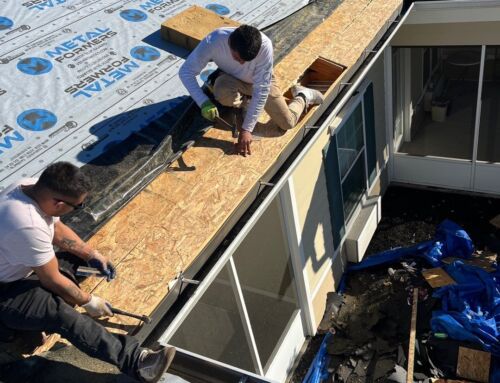


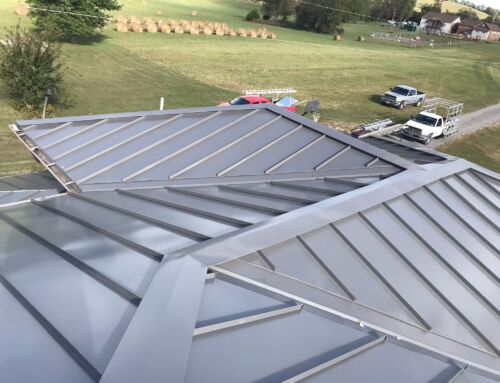
Leave A Comment